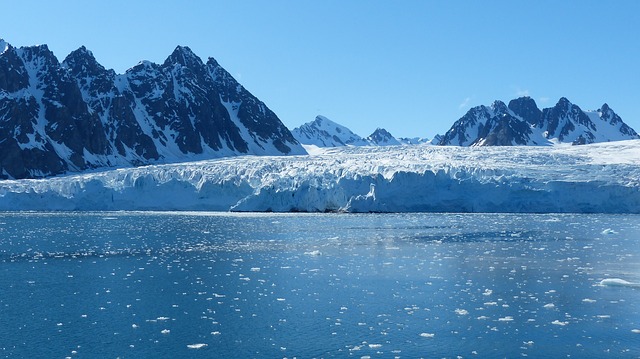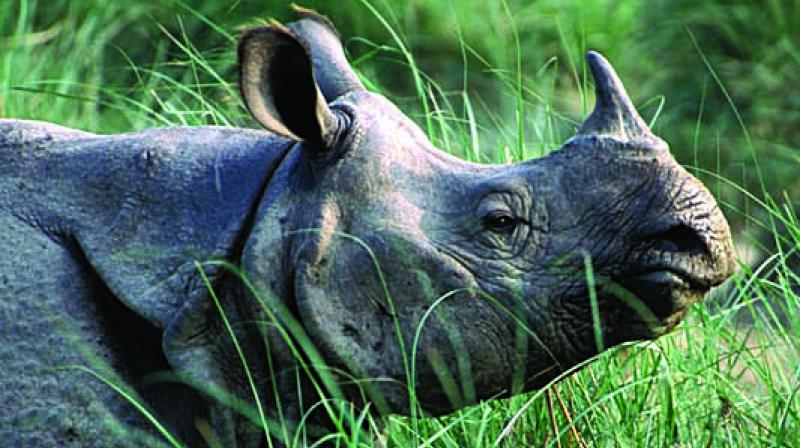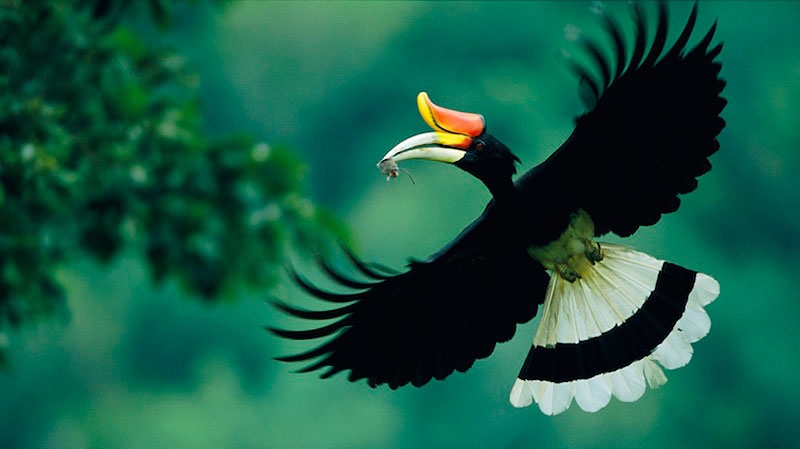Our planet may be in the middle of the 6th extinction and some scientists are not taking any chances. To ensure that the most threatened and endangered species of the world make it to the future, a British-led project called “Frozen Ark” is preserving the DNA of all these species.

“Many of these species are going to go extinct before we even know they exist,” said John Armour, Professor of Human Genetics at the University of Nottingham, which is host to the project. “The whole idea of the Frozen Ark is to get and preserve that material for future generations before it’s too late.”
A Snail’s Start
The project was launched about a decade ago by scientist Brian Clarke who died at the age of 81 last year and was one of the pioneers in the field of genetics. Clarke was inspired to begin the Frozen Ark when he saw the extinction of the Partula snail, found in Tahiti. The snail was destroyed by the introduction of a carnivorous snail into the region. Clarke collected the DNA of the Partula snail in his lab and sent them over to several zoos in the world as a measure to preserve the species even though it was extinct in the wild.
Partula Snail imaeg via zoo.org
His wife and co-founder Ann Clarke says,
“We looked at each other one day and thought people must be doing this for other endangered species, there was nothing for the whole fauna, and particularly not for the invertebrates, which are very important even if not as charismatic as the vertebrates.”
“Everything depends on the invertebrates. If the invertebrates go down, we’re going down too,” she adds.
Today, the project has 22 partners worldwide. They have collected 48000 samples belonging to 5500 species of the world.
Fozen in Time
Most of the samples collected are preserved at -80 degrees Celsius (-111 Fahrenheit), including samples of a Siberian tiger and an Amur leopard. Some though are preserved at room temperature.
The project has been criticized by some experts who believe this is a defeatist approach to the problem. The belief is that every effort should be put to protect the threatened species rather than preserve their DNA.
But members of the ‘Frozen Ark’ team differ.
Professor Ed Louis, a trustee of the Frozen Ark says,
“Their attitude is that we should be putting every effort into saving the endangered species. The fact is that it’s impractical and impossible. We’re not there to replace the efforts to save, it’s a backup. It can hopefully save the genetic heritage of just about everything.”
There is surely some point here. The list of endangered species in the world is only rising each year. Battles are being won, like in the case of grey wolves or Asiatic lions, but these take years of concentrated effort. While one specie is saved, there are ten more getting added to the list. In such circumstances, plan B is worth a consideration.
Into the Future
What will be the use of the saved DNA in the future? Scientists say there are many possibilities. Apart from the chance of re-generating species from their genetic material – which isn’t a fictional subject anymore- there can be medical use such as creating alternatives to antibiotics from the stored DNAs.
“We are in an age where antibiotics are soon not going to work,” explained Professor Louis.”Amphibian skin is covered with small molecules that kill off bacterias. A solution to an age where antibiotics no longer work could come from altering the molecules that come from that.”
“The most extreme positive use of it would be de-extinction, where you would use that material as the basis to recreate the organism from its genetic information,” said Armour. “If you don’t get it stored, there will be no choice.”
In a scary future where elephants and tigers and lions and polar bears cease to exist, the Frozen Ark is not a way to stop the conservation actions today…but a security vault that leaves some ray of hope for these animals that might see the dawn of a new day when everything else fails.
More Related Stories,
A Newborn Hope For The Rarest Birds in the World
Declining Population of Large Herbivores May Turn Earth to Barren Landscapes
Diclofenac Poisoning Threat Spreading to Vultures Worldwide





2 thoughts on “‘Frozen Ark’ collects animal DNA in face of mass extinction”